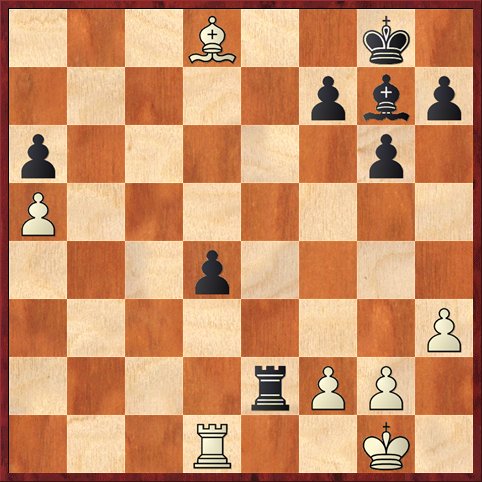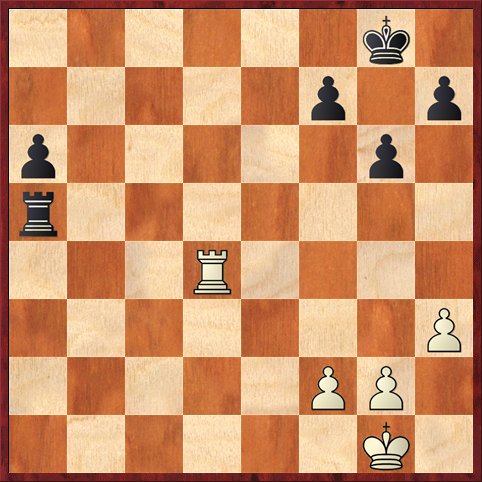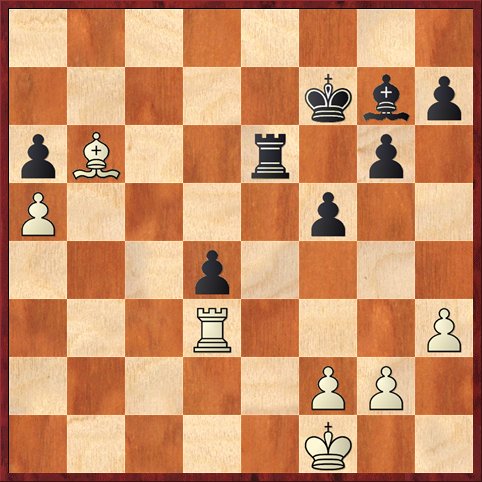In my first 18 years of living in California, I somehow never played a single chess game in Sacramento, the state capital. There are a few reasons. First, it’s a three-hour drive. I can’t commute between home and the tournament, as I can if the tournament is in the Bay Area. Second, there have never been any big-money tournaments there; and third, there are usually enough tournaments in the Bay Area to keep me busy.
However, the planets aligned this year and I decided to play in the Sacramento Chess Championship, which started yesterday and runs through Sunday. It’s not a big-money tournament — first prize is $625, not guaranteed — and so all the big-time players are elsewhere. The highest-rated pre-registered person was in the 2300’s, and there are only, I think, five masters. But I kind of like that. It means that the tournament is actually winnable for somebody like me. Every game will be hard but no games will be ridiculously hard, as when I have to play a 2500 player.
However, there is one thing we do have a lot of in Sacramento: 2171 players! There’s me, Uyanga Byambaa, and Ladia Jirasek. Both of the other two are friends of mine. I think that we should have a separate class prize for the top player rated 2171.
Ladia’s father tells me that he got his rating to 2197 but then had a disastrous tournament in Las Vegas to drop back to 2171. But I’m sure that a kid with his motivation will soon reach a master rating. Maybe it’s good to have a taste of it (three measly rating points away!) so that he will appreciate it even more when he gets there.
The short summary for my day yesterday is: draw as Black in round one, win as White in round two. I probably should have won my morning game against Nikunj Oza, but it was by no means as easy a win as I expected. I’ll show you a couple of positions from the game.
 Position after 38. Bd8. Black to move.
Position after 38. Bd8. Black to move.
FEN: 3B2k1/5pbp/p5p1/P7/3p4/7P/4rPP1/3R2K1 b – – 0 38
After the game I thought this was where I started going wrong, but now I actually think I played the right move.
I played 38. … Re6!? The idea behind this move is that White can never take on d4 because he loses the exchange: 39. Bxd4? Rd6. Meanwhile, Black’s rook cuts off the approach of White’s king.
The other option was to stay on the seventh rank, probably with 38. … Ra2. But it’s not clear that this way is any better. After 39. Bb6 Ra4 White just walks his king up. After 39. Bb6 Ra3 (threatening … d3, which White cannot allow) 40. Bxd4 Bxd4 41. Rxd4 Rxa5 we get one of those annoying rook endgames that I’m never quite sure how to evaluate.
 Position after 41. … Rxa5 (analysis).
Position after 41. … Rxa5 (analysis).
FEN: 6k1/5p1p/p5p1/r7/3R4/7P/5PP1/6K1 w – – 0 42
I think the correct evaluation here is drawn with best play, but some winning chances for Black. I remember looking up this type of position in Reuben Fine (3P vs. 3P on the kingside, passed a-pawn with the rook in front of it on the queenside) and he said it was a draw unless White’s kingside pawns have weaknesses, which is not the case here.
After 38. … Re6 the game continued 39. Bb6 f5 40. Kf1 Kf7 41. Rd3? This loses a tempo and should definitely lose the game. Better was 41. Rd2.
But now Black has a problem: how to make progress?
 Position after 41. Rd3. Black to move.
Position after 41. Rd3. Black to move.
FEN: 8/5kbp/pB2r1p1/P4p2/3p4/3R3P/5PP1/5K2 b – – 0 41
It’s easy to see that if Black’s king goes to e7, e8, or f6, the pin trick on d4 no longer works because White can escape the pin with a check.
The solution is very simple: 41. … Rd6! Black plans … Ke6, … Kd5, … Rc6, and … Rc3. I don’t see anything White can do about it.
Instead I was too enamored of the idea of keeping White’s king cut off. Also, I was thinking about how you’re supposed to play cat and mouse with your opponent in the endgame, probing and probing until they make a mistake. Except it didn’t work here. I probed and probed until I made a mistake.
41. … g5?
This move weakens my kingside pawns. After 42. Rf3! Kg6 43. g4 f4 44. Rd3 I came to the sad conclusion that I had screwed up. The trouble is that White’s king now has an alternate route: he can go to g3, f3, and e4. Note also the very important point that once his king gets to f3, the pin trick doesn’t work any more.
As it turned out, I missed one more winning opportunity in the time scramble, and the game petered out into a draw.
After two rounds, Ladia also has 1½ points. Uyanga was playing a King’s Indian Defense on board one and seemed to have some pressure, but I don’t know if it was enough to win. If she did prevail, she would have 2 points, tying for first place so far in the tournament, and also making her the leader in the all-important 2171 category.



{ 1 trackback }